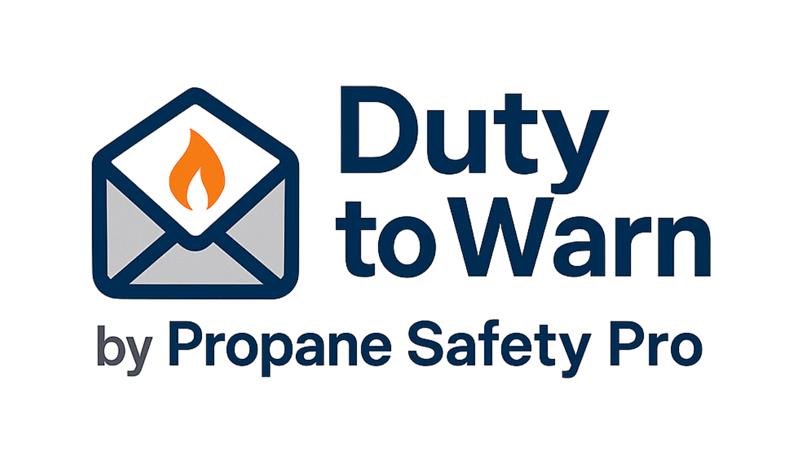Embracing Engagement: A Pathway to Reclaiming Disengaged Employees in the Modern Workforce

In a contemporary work landscape marked by “quiet quitting,” fostering an environment of “quiet returns” emerges as a potent antidote. This denotes the re-engagement of employees who had become disengaged due to burnout, stress, or other challenges yet chose to return with renewed enthusiasm. The significance of such an engaged culture cannot be underestimated, especially in industries like oil and gas, where employee satisfaction profoundly influences business outcomes.
Balancing Industry Changes with Workforce Well-Being
In an era of evolving work dynamics, the energy sector is undergoing a significant transformation driven by environmental consciousness and changing perceptions of fossil fuels. While the shift impacts job preferences, few employees are genuinely engaged, even in roles with generous compensation. The onus lies on leaders to cultivate an environment that prioritizes well-being to attract and retain talent.
The Nexus of Well-Being and Engagement
A 2022 Gallup Global Workplace Report underscores the symbiotic relationship between well-being and engagement. Employee experiences extend beyond work, influencing overall well-being and vice versa. Recognizing this, businesses, including those in energy, are awakening to holistic well-being.
Innovative Talent Attraction and Retention in Oil and Gas
In the oil and gas sector, innovative talent strategies are gaining ground. This includes split-testing employee value propositions, diversifying talent sources, strategic workforce planning, and reimagining career paths. Embracing technology and human-centric approaches can enhance talent acquisition and retention.
Evolving Employee Expectations
Modern employees seek to bring their authentic selves to work, emphasizing the importance of trust and flexibility in leadership. Trusting employees to work productively from anywhere and rehiring those previously deemed irreplaceable are critical manifestations of an engaged workforce.
Prioritizing Employee Experience
Creating an environment where employees anticipate a quiet return necessitates minimizing stressors and promoting a humane and secure workspace. Two key priorities emerge: facilitating remote and hybrid work options and reevaluating hiring practices.
Remote/Hybrid Work: Unveiling Productivity and Well-Being
The rise of remote work is reshaping the work landscape. Studies reveal remote workers are more likely to remain with the company and experience a productivity boost. The desire for flexibility is palpable, with most remote workers expressing a long-term preference for such arrangements.
Expanding Hiring Horizons: The Power of Boomerangs and Diversity
Traditionally overlooked talent pools are gaining prominence. “Boomerangs,” employees who return after leaving, offer unique value due to their familiarity with the organization. Additionally, empowering caretakers and recognizing the importance of older workers fosters diversity, enriching the workforce.
Upskilling and Reskilling: Nurturing Talent from Within
Investing in employees’ growth is essential. Upskilling current employees for new roles and prioritizing cultural fit during hiring can bridge skill gaps. With talent shortages expected in industries like oil and gas, a commitment to well-being and engagement is a powerful magnet for talent.
Embracing engagement isn’t merely a lofty goal; it’s a strategic necessity. Silent returns of disengaged employees are a testament to the transformational impact of fostering a culture that values well-being, flexibility, and inclusivity.














